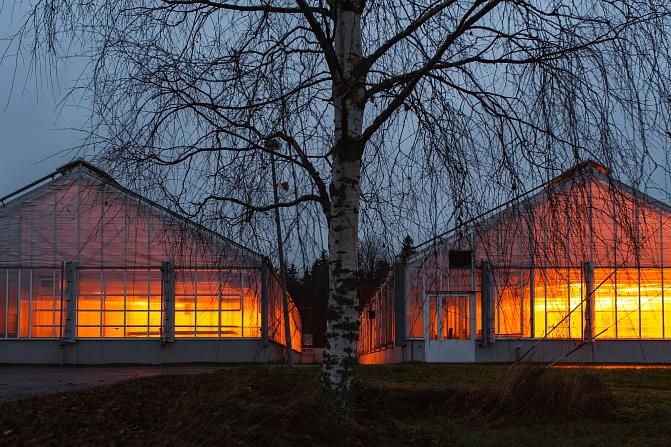
Light environment analyzes for greenhouse producers
On this page
An optimal light environment is the basis for first-class quality and maximum yield in greenhouse production. About 30% of greenhouse costs consist of energy and lighting related costs. Let’s put the light environments in order together!


The human eye cannot see if the light level in greenhouses changes, for example as a result of an electrical disturbance or the aging of lighting equipment. It is also necessary to monitor the effects of aging of cladding materials, and when it is time to renew them, it should be carefully clarified that the new material produces the desired light environment.
Luke provides light environment analyzes for greenhouse producers
Luke assists greenhouse producers in all matters related to lighting and provides light environment analyzes as a service. The analyzes make it possible to model, for example, changes in the light environment related to the season or cloud cover, as well as the effects of material choices and supplemental lighting.
Benefits for the customer
The customer is informed whether the wavelengths produced by the supplemental lighting are appropriate
Analysis of the light environment can be used to evaluate if any growth or color anomalies are due to light
Analysis of the light environment reveals if greenhouse cladding material adversely affects the amount or quality of light.
How do the seasons, different cladding materials, climate screens or shade nets and supplemental lighting affect the light environment in greenhouses?
Different plastics: Will lettuce have the desired red color? What do the bumblebees need?
Climate screens and shade nets, how different can they be?
Changes in the amount of solar radiation, how to reach the DLI target inside the greenhouse?
Light matters in greenhouses
Reflectors made of anodized aluminum are commonly used with the high pressure sodium lamps (HPS). Over time, aluminum oxidizes and dust accumulates on the surface of the reflector. Reflectors are usually cleaned about once a year and are often replaced only after years of use. Oxidation of the reflector and dust accumulation can drop the reflectivity from the lamp to the plant by up to 15%. This reduction is directly proportional to yield loss, since roughly 1% less light is 1% less yield.
Why Luke?
Luke has long-term research expertise in greenhouse production and on the effects of light quality and quantity on plant growth and crop production. Luke uses Ocean Insight’s Maya2000 Pro spectroradiometer to measure the amount and quality of light and R-software “photobiology” packages, specifically designed for this purpose, to analyze the measurements.


